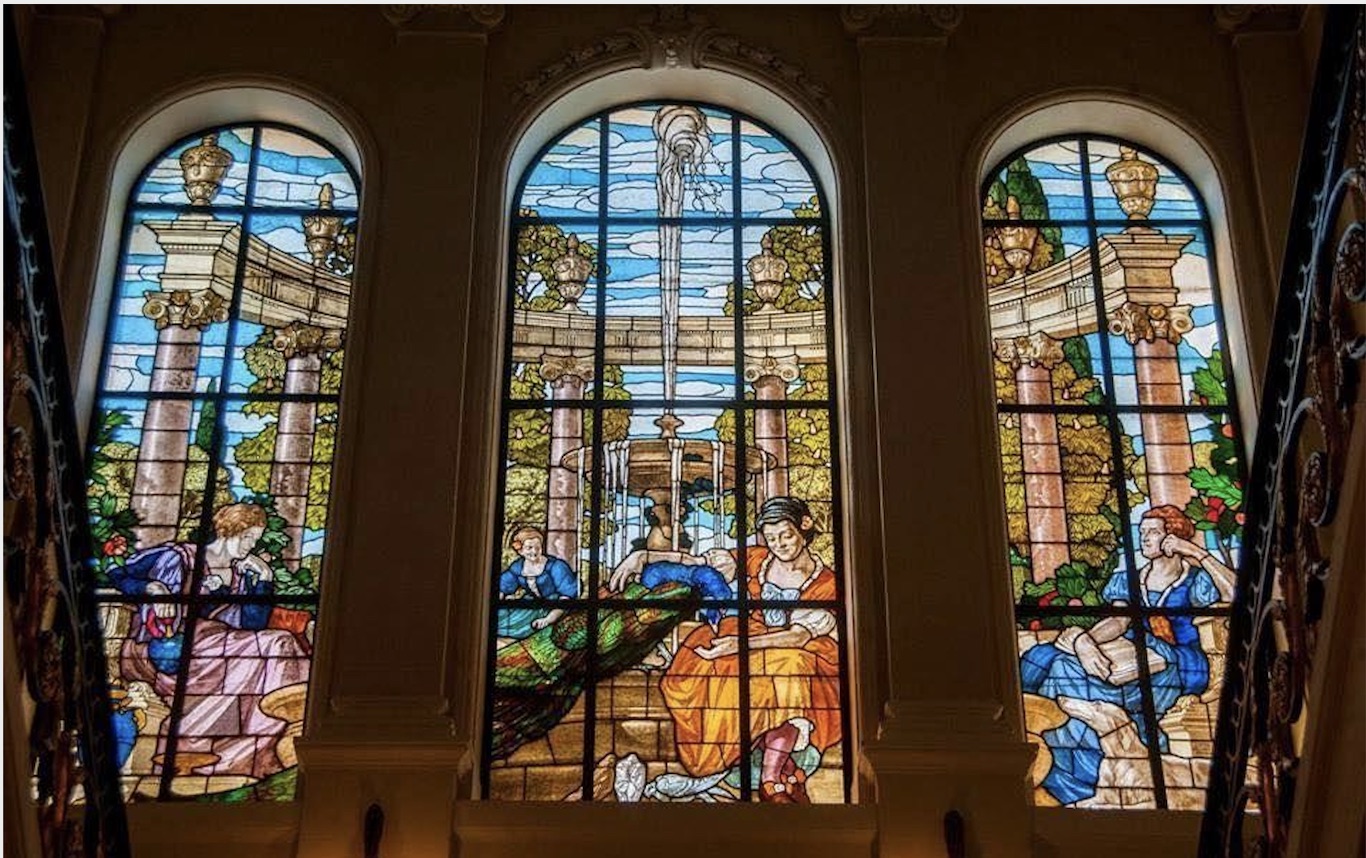
Art is manifested in various forms. The art of stained glass windows transcends space and time, and takes us to an illuminative portrayal of heaven and peace. As the light plays through the tall colored panes, stained-glass windows often tell stories of art, history, and the ever-magnificent chemistry of combining different elements to give color and life.
At the heart of Egypt flourished the glass-making industry, where different forms grew and evolved. The earliest recorded glaze of glass was found in Egypt, presumably by the Badarian culture in 12,000 BCE. Glass making was an accomplished art in many countries that border the Mediterranean Sea, and the art molded itself in the form of jewels, mottled like agate, colored in marvelous colors, or fused by fire in the art of glassblowing.
The glass industry, once transplanted to Egypt, grew exponentially, fueled in part by the abundance of the raw materials required to manufacture glass. Egyptian workshops not only produced a variety of wares for consumption by the royal court and aristocrats, who could afford such luxuries, but also exported large quantities of raw glass.
Historians found the oldest colored glass to be the glass beads created by the Egyptians around 2750 and 2625 BCE. The beads were full of vibrant colors from the whole spectrum of the rainbow. The use of stained glass for windows, however, is a slightly more recent development. Historians date one of the oldest stained glass windows to St. Paul’s Monastery in Jarrow, England. The monastery was founded in 686 CE, so it is assumed the windows date back as far.
In the ‘Journal of the Royal Society of Arts,’ author James H. Hogan explains that “colored glass comes to us from the East, from Ancient Egypt. Egyptologists tell us that at least five, if not six, thousand years ago the Egyptians made imitation jewels of glass.”
The manufacturing process of stained glass is intricate and detailed. Manufacturers heat the raw materials. The glass is then blown through a pipe which produces a cylinder. The cylinder is then cut, flattened, and left to cool. Artisans would use this same process to produce a myriad of effects. After picking the desired design, the process of drawing, which is called the cartoon, begins. The pattern is placed on a piece of glass, with the desired color, and is cut around with a diamond or steel wheel so that the glass is cut to the shape of the pattern. The glass is then painted and glazed.
In order to color the glass, the process starts with manufacturers adding metallic oxide to the raw materials before it is heated. The metallic oxide, under different conditions, can produce different colors. Copper oxide can produce red, blue, or green colors; cobalt can produce shades of blue; and chromium and iron oxide produce shades of green. Uranium, cadmium sulfide, and titanium can produce gold and yellow colors.
An important detail in stained glass windows is the study of light and how it can affect the perception and portrayal of colors.
“Therefore, when looking at a window we must always be conscious of light in its various moods and know what is happening in the light’s immediate pathway; the changing effect on it of a passing cloud, how a shaft of surface light may dull its brilliance,” records Hogan.
In the book ‘English Stained Glass,’ author Herbert Read says that “light is the life of stained glass, as anyone may see by handling a panel of old glass. Nothing is so bleak and lustreless as the blank surface of a stained glass window seen from the outside of a church; nothing so vibrant and colorful as the same window from within.”
Intertwining fearlessness and art, the architects introduced the effortless beauty that is stained glass into the walls of various historic buildings in Egypt. Churches all around in Egypt are adorned with stained glass windows that tell Biblical stories of spiritual significance.
Debra Balchen, who designed the paintings of the stained glass windows at the St. John the Baptist Church in Cairo explains her fervor to design stained glass windows.
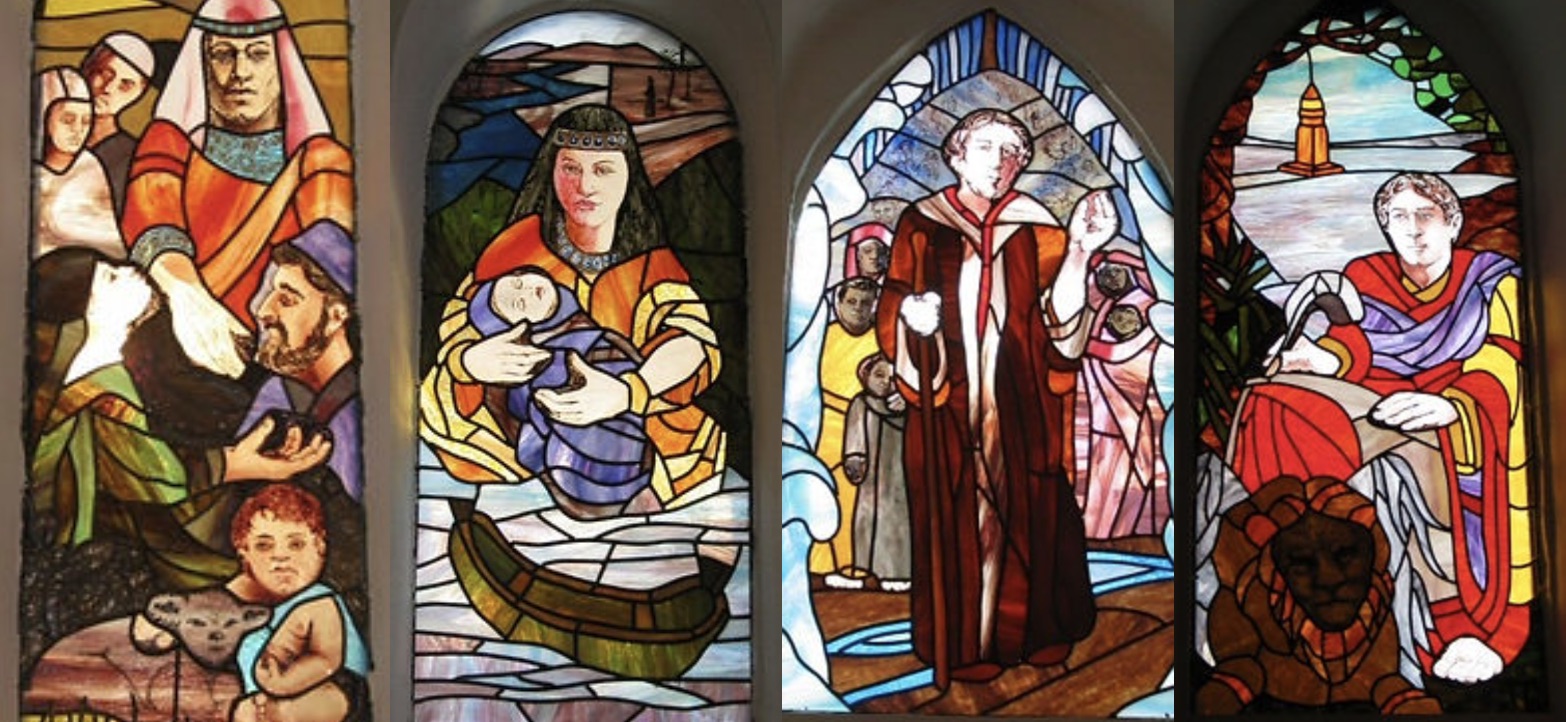
“I have always loved the contemplative beauty of the interior of churches. And with my love for drawing faces and figures, for glass and storytelling, the opportunity to design these stained glass windows has been a special gift.”
The intricate flair of stained glass is also evident in mosques, palaces, and houses in Egypt. Mosques in Egypt, such as the Sultan Qalawun Mosque, are decorated with stained glass that reflects Islamic patterns.
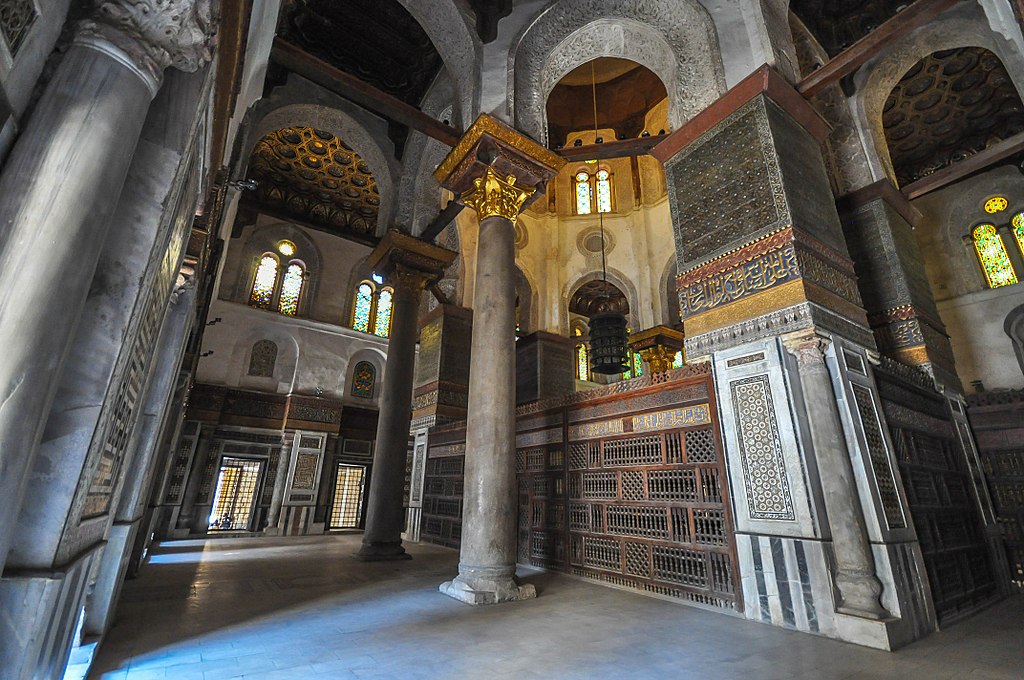
Stained glass was not only evident in Egypt’s sanctified places, it was also adopted also by the upper class to embellish their homes. Palaces in Egypt abound in stained glass windows; a notable example is the triple-arched stained glass window overlooking the staircase in the historic Aisha Fahmy Palace located in Zamalek.
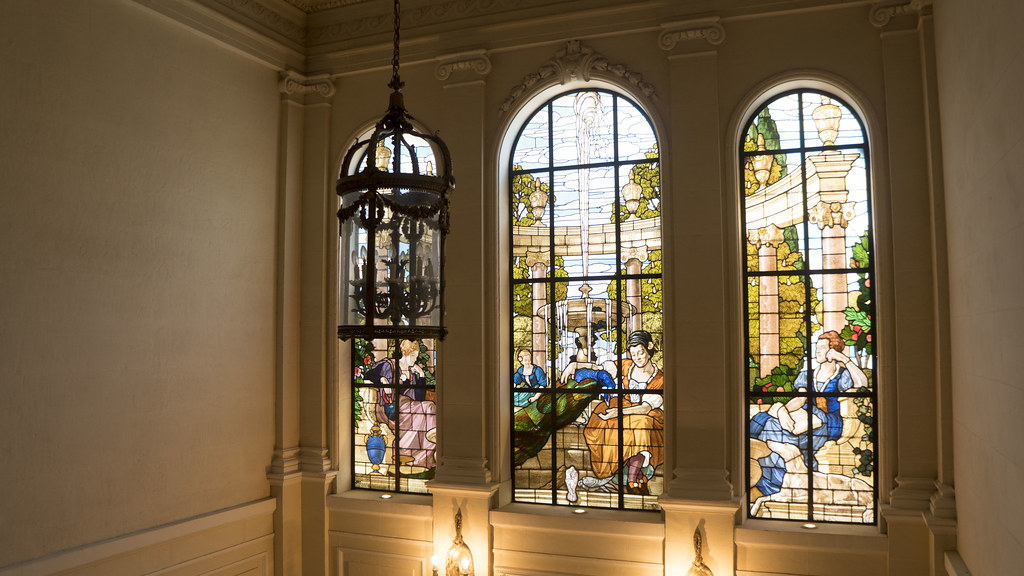
The versatility of stained glass windows add to its illuminative beauty. It doesn’t matter where the stained glass is put or the choices of color used, the gaze of the marvelous conjoining of stories, art, and chemistry is unparalleled to any type of art. Stained-glass windows add warmth to any sight with their simplicity.
Every corner in Egypt is eminent with history and stained glass windows are the perfect storytellers. Stained glass windows bring beauty on the inside, as Hogan expresses in his journal article, “I think everyone must be sensitive to the emotional stimulus of the colored window.”
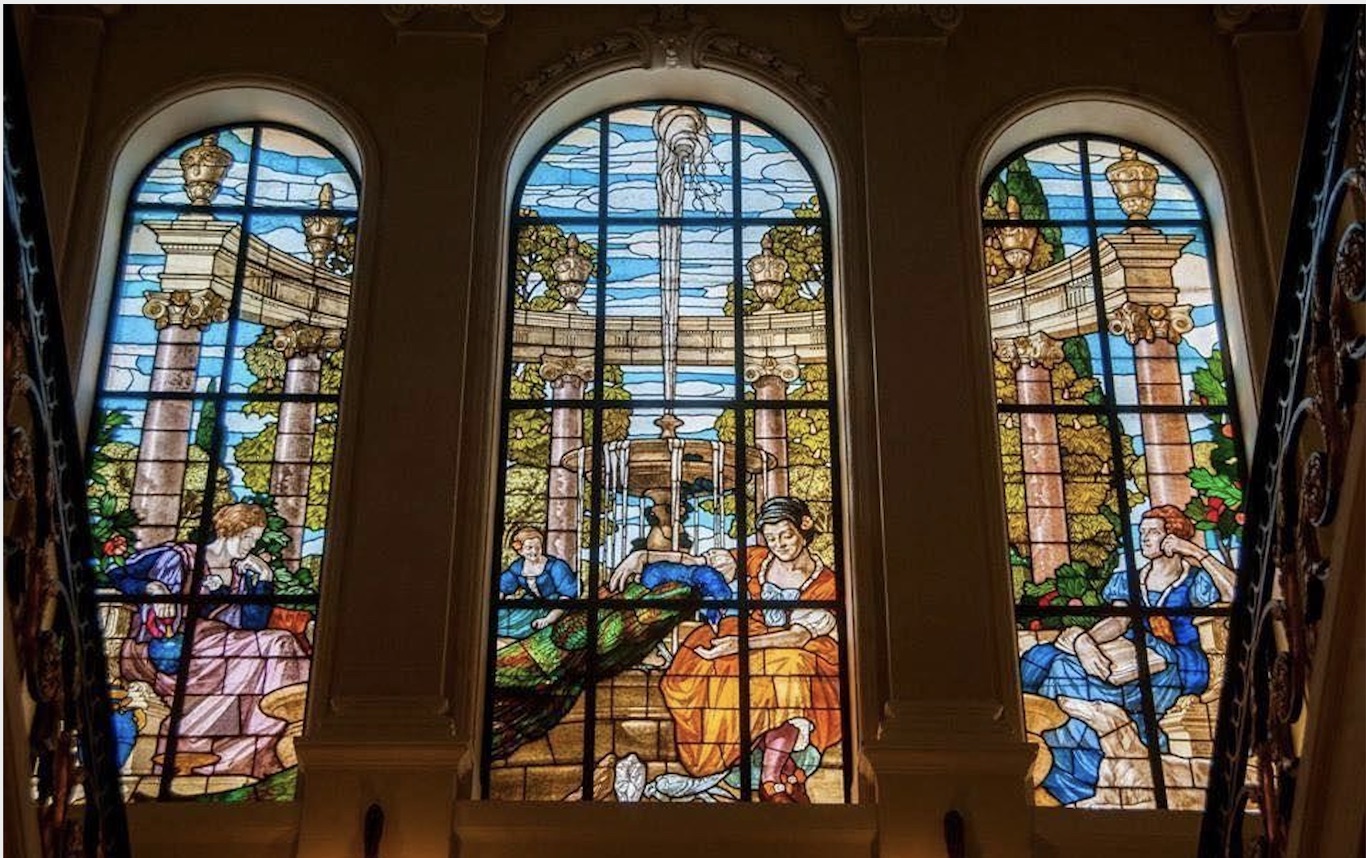


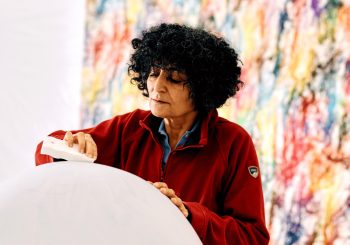


Comments (0)